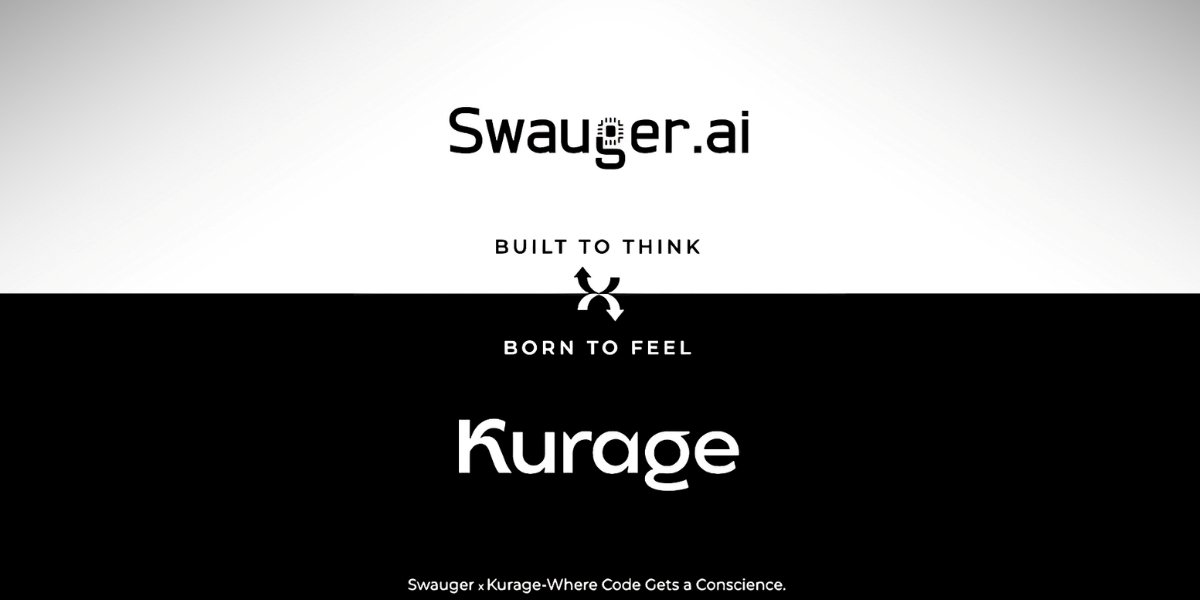Web design is both a science and an art, requiring a delicate balance between aesthetics and functionality. One crucial element that significantly influences this balance is typography, acting as a direct gateway to the information that a website seeks to present. For Renee Farias Agency, a purveyor of effective visual branding through immaculate marketing strategy, ingenious content creation, and flawless execution, understanding typography is indeed, indispensable.
First and foremost, the cornerstone of typography in web design is augmenting readability. The goal behind any website’s existence is information dissemination to its users. If the typography impedes the site’s very purpose by compromising readability, users will navigate away rapidly. In this light, typographic choices, particularly the selection of fonts, must consider the easy comprehensibility across diverse screen sizes and devices. Clean and minimalist sans-serif fonts like Arial or Helvetica are commonly selected for body text due to their clarity and contemporary feel on digital platforms.
In addition to improving readability, typography is instrumental in establishing a visual hierarchy on web pages. It assists in structuring the content logically for users, highlighting the relative importance of different body elements through distinct font sizes, weights, and styles. This specific use of typography augments user experience by making information navigation an effortless process and permitting effective communication of key messages.
The choice of fonts isn’t merely a utilitarian decision—it is instrumental in defining the website or brand’s personality and essence. Different types of fonts contribute unique moods and styles that reflect the brand’s character. A formidable tech startup may lean towards contemporary sans-serif fonts to communicate its innovative spirit, while a luxury brand may employ elegant serif fonts, providing an air of sophistication and class.
The role of typography in promoting web accessibility cannot be overstated, serving as a decisive factor in the inclusivity of web design. Font size, contrast, and spacing need careful consideration to ensure that the visual content caters to users with diverse visual acuities. By opting for readable fonts and adjusting font sizes and contrast appropriately, a website can extend its reach to a broader audience, inclusive of users with visual impairments.
The days of fixed, rigid web designs have given way to the era of timely responsive web design. With users accessing websites from a multitude of devices, responsive typography has become the need of the hour. This involves the dynamic adjustment of font sizes, spacing, and line heights, ensuring optimal readability regardless of the device’s screen size.
While the practicality of typographic choices is paramount, aesthetics play a significant role too. The interplay between contrasting fonts—serif and sans-serif or bold and italic—can pique visual interest while not losing sight of readability. Similarly, the consideration of factors such as line length and spacing can significantly enhance the elegance, readability, and overall user engagement with the content.
To summarize, typography, though often unnoticed, is a powerful determinant of a website’s success. It is not just about aesthetics; typography influences readability, constructs visual hierarchies, emanates brand personality, contributes to web accessibility, and is the linchpin for responsive design. Web designers must thereby maintain an equilibrium between the aesthetic and utilitarian aspects of typography to offer their users not only visually enticing but also a genuinely enjoyable reading experience.
Typography is a testament to Renee Farias Agency’s commitment to effective visual branding. As the saying goes, “Marketing Strategy, Content Creation, Execution equals effective Visual Branding,” and there’s no better demonstration than their seamless blend of aesthetic and practical typography in their designs. Connect and explore more about them through Linkedin or visit their website.
Published by: Martin De Juan








